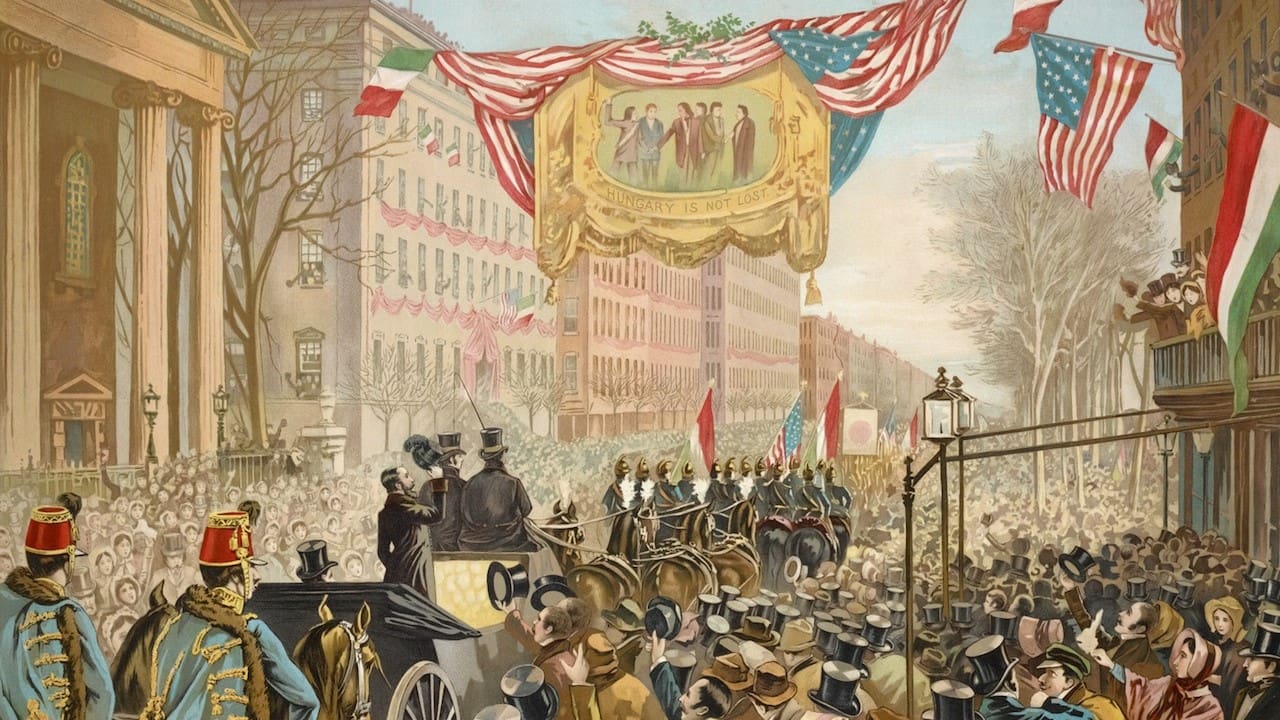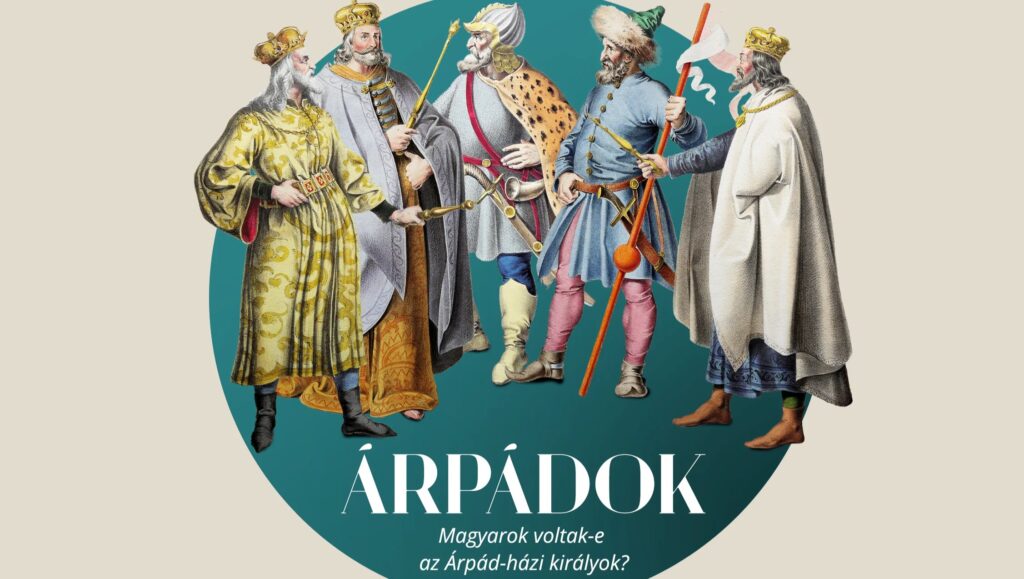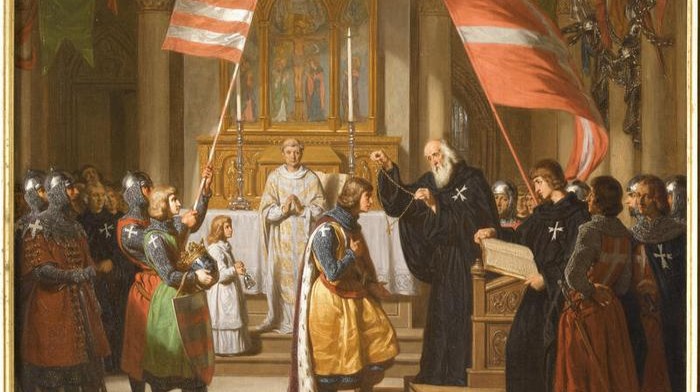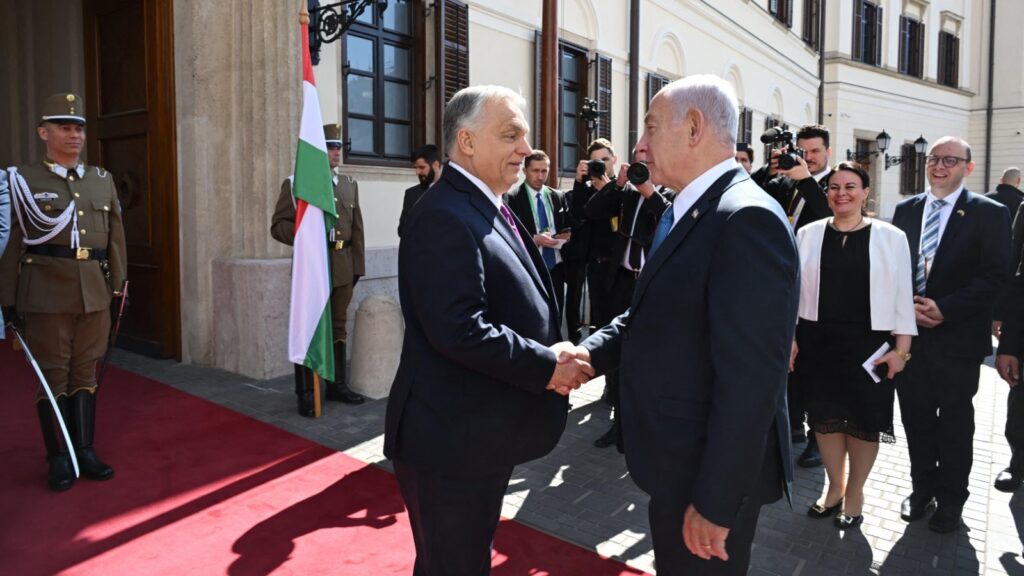Lajos Kossuth (known as Louis Kossuth in English literature), one of the greatest figures of the Revolution and War of Independence of 1848–1849, has the square where the Hungarian Parliament named after him, along with streets and squares in practically every single Hungarian settlement. Born into a Lutheran petty noble family, the exceptional orator and visionary served as the Prime Minister, then Governor-President of Hungary while his nation was fighting its Revolution and War of Independence in 1848–1849 against the oppressive Habsburg Empire. His name, however, is well-known not only in Hungary, but worldwide, including the United States.
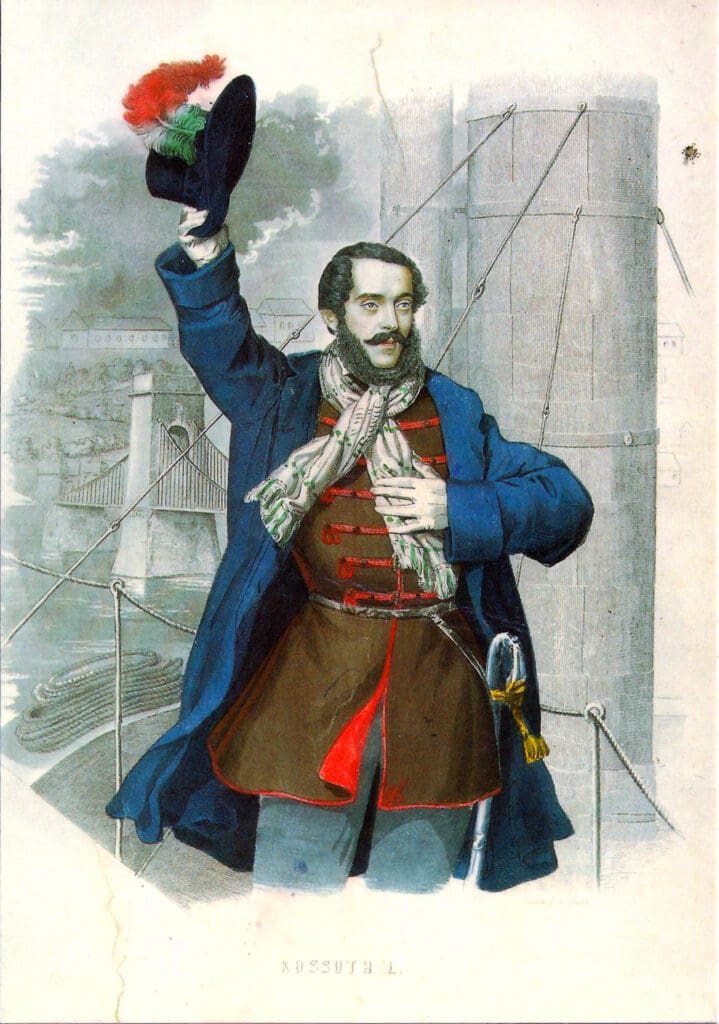
After the surrender of the Hungarian troops to the commander-in-chief of the Russian army at Világos on 13 August 1849, Kossuth decided to flee the country, originally seeking refuge in the Ottoman Empire. However, instead of receiving asylum, he was held captive there until the Ottoman Sultan released him at the request of the United Kingdom. In 1851, he and his company of 49 followers were invited by US President Millard Fillmore to the United States.
President Fillmore was sympathetic towards the Hungarians’ goal of independence.
He entered the office of the Vice President during the Hungarian Revolution in March 1849, after winning the 1848 election on the Whig Party ticket, headed by the hero of the Mexican-American war, which was recently won by the US, General Zachary Taylor. Taylor died in July 1850, so Fillmore ascended to the Presidency.
In his 1850 annual address, now President Fillmore stressed each nation’s right to ‘that form of government which it may deem most conducive to the happiness and prosperity of its citizens’. However, unlike now, the United States did not have the economic and military power to influence geopolitical events in Europe (or the desire either, as per the Monroe doctrine), so his support was nothing more than moral commitment, rather than anything practical during the Revolution itself.
After his fight for independence was lost, however, Kossuth did take up President Fillmore on his offer and travelled to the United States.
He arrived at the port of New York City, New York on 6 December 1851—exactly 172 years ago today.
Kossuth Hailed as a Freedom Fighting Hero in the US
Great anticipation preceded Kossuth’s arrival in New York, with the local press extensively covering it. When he actually did arrive, he was greeted by the gun salute of 31 cannons, and a crowd of people that ‘turned pale by the excitement’ of seeing the Hungarian statesmen, as reported by The Southern Literary Messenger at the time.
The American Revolution still lived vividly in the collective memory of the people of the United States. It had ‘just’ been 70 years after the surrender at Yorktown—a surrender that had the exact opposite result for the freedom fighters than the one at Világos. Therefore, the American public still harboured a lot of sympathy for nations fighting to preserve their right to self-determination, and ‘life, liberty, and the pursuit of happiness,’ as Thomas Jefferson famously wrote.
On 7 January 1852, Kossuth even spoke before a joint session of the US Congress in Washington DC. In his speech, he thanked the US Government for hosting him, ‘a poor exile,’ as well as the American people for showing their enthusiastic support for him, and stressed the importance of letting the nations of Europe self-govern, as opposed to being part of oppressive empires—as he pointed out, the United States managed to win its freedom in their War of Independence, then conquered most of the North American continent in a relatively short period of time.
Members of the US Congress cheered on their guest of honour from Hungary while he was making his speech in impressively good English. However, as far as military and economic aid went, that remained a pipe dream for Kossuth.
After meeting President Filmore himself, the Hungarian hero went on a nationwide speaking tour in the US—he was greeted with a warm welcome everywhere.
His speech in front of the Ohio General Assembly in February 1852 is believed to have influenced Abraham Lincoln’s famous 1863 Gettysburg Address.
It is unclear whether Kossuth actually met Lincoln (who was just a practising lawyer, not serving in any state or federal office at the time) on his US tour—some sources claim he did, others claim he did not. However, Lincoln did praise Kossuth in some of his public speeches, so he was proven to be aware of his influence.
Kossuth’s American ‘love fest’ came to a somewhat bitter end in July 1852. Despite being the guest of the incumbent Whig administration, he decided to endorse Democrat challenger Franklin Pierce in the upcoming presidential election held in November. Shortly after, he embarked on another boat and travelled back to London, United Kingdom.
His visit left a lingering impact on the United States—for example, you can still visit Kossuth County in northern Iowa, in the heart of the United States.
There are several statues of Lajos Kossuth in the United States, including the one in New York, dedicated on 15 March 1928. The inscription says: ‘Erected by a liberty loving race of Americans of Magyar origin to Louis Kossuth, the great champion of liberty’.
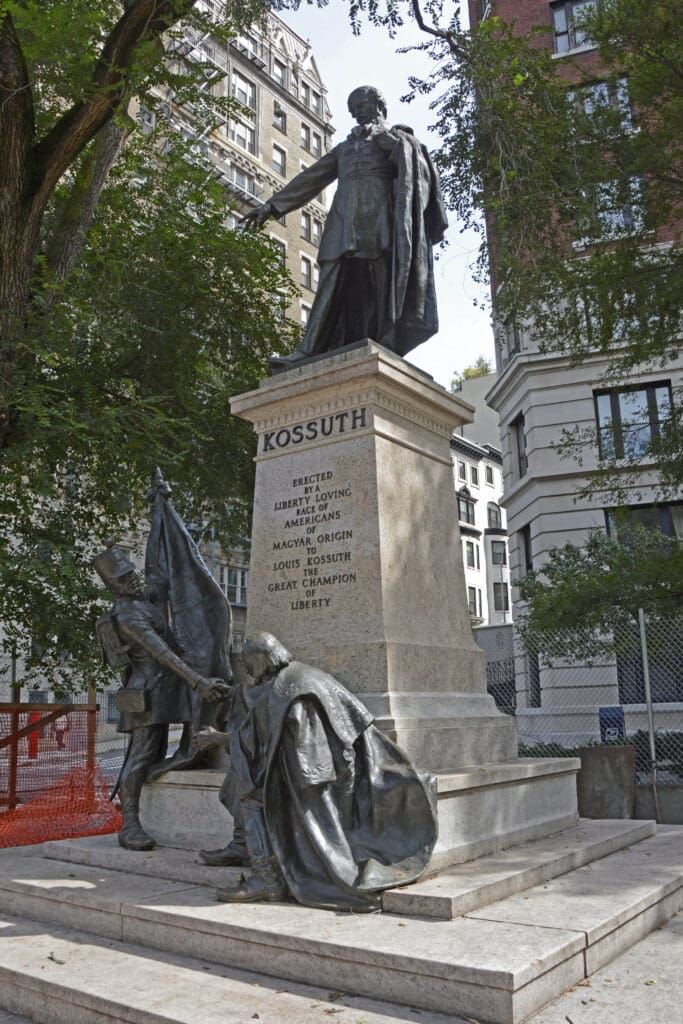
Last but not least, as Hungarian Conservative has highlighted in a recent article, there is even a bust dedicated to Lajos Kossuth in the US Congress.
Related articles:

